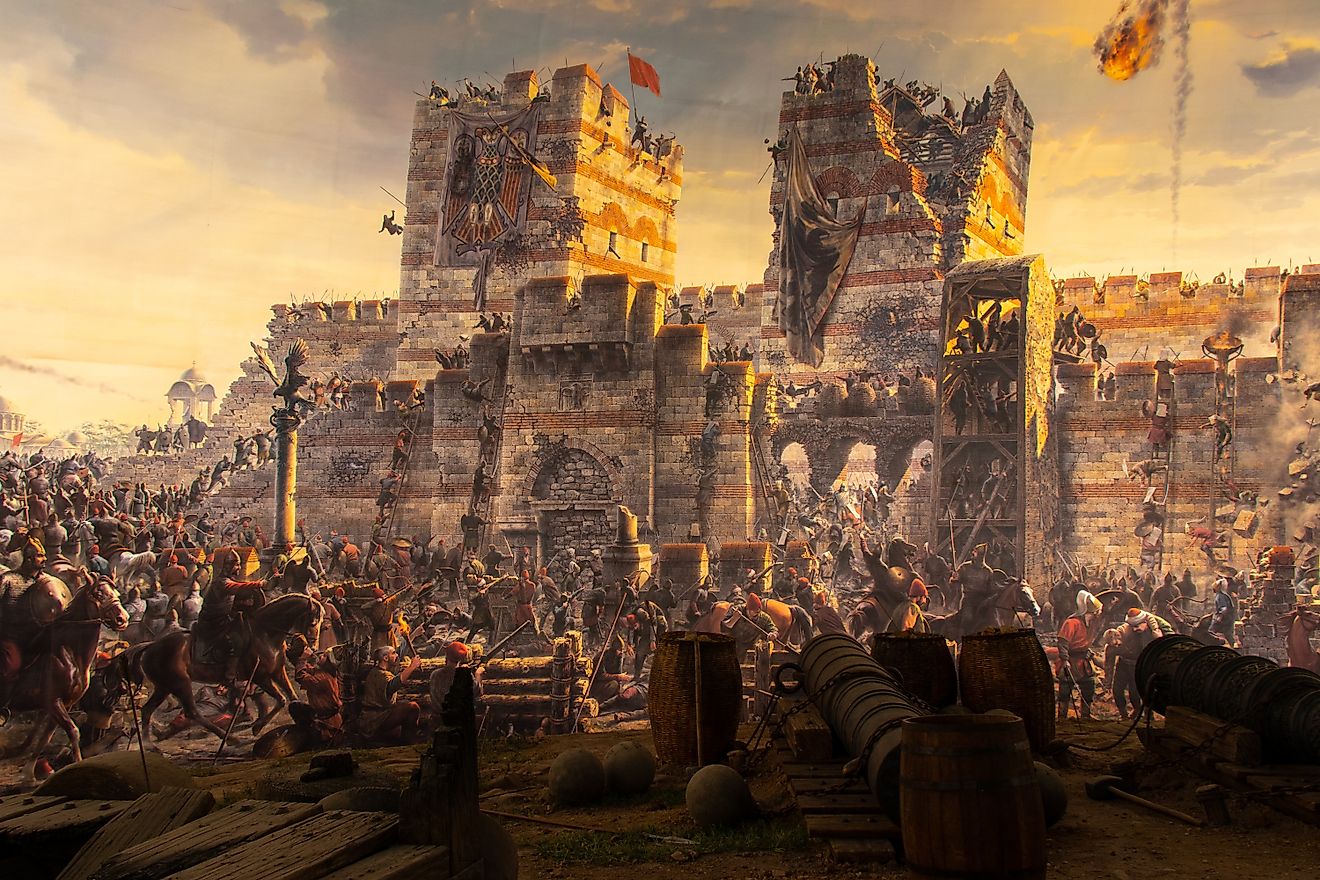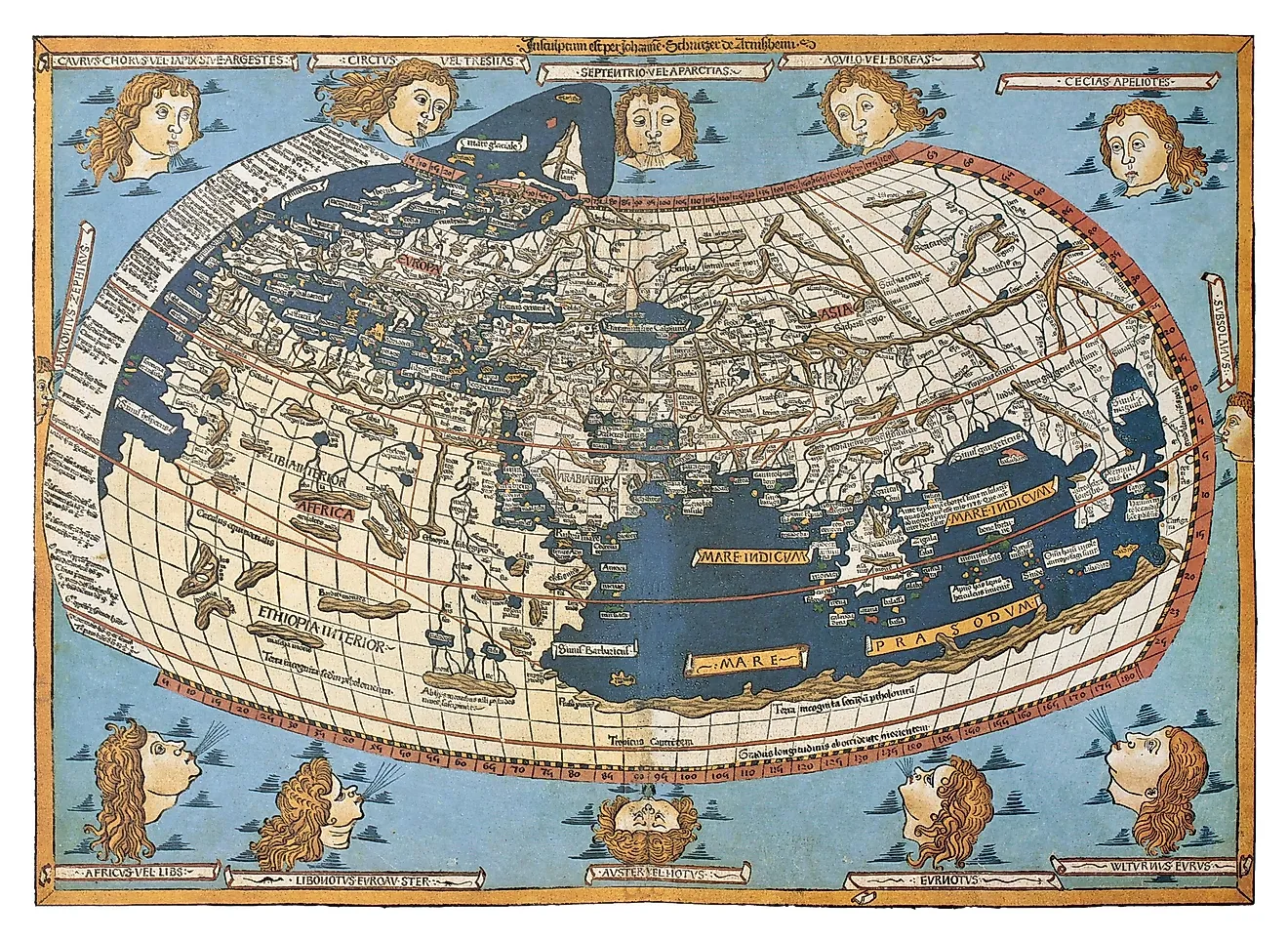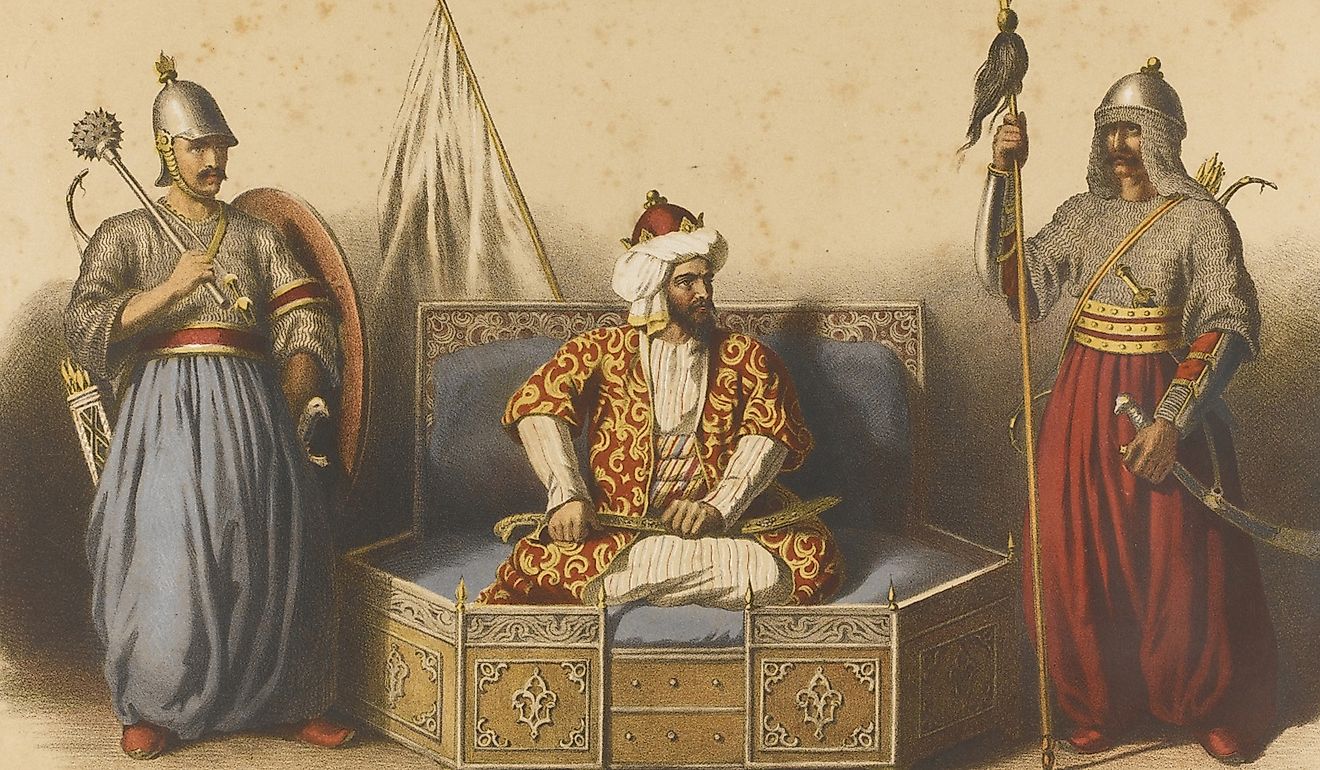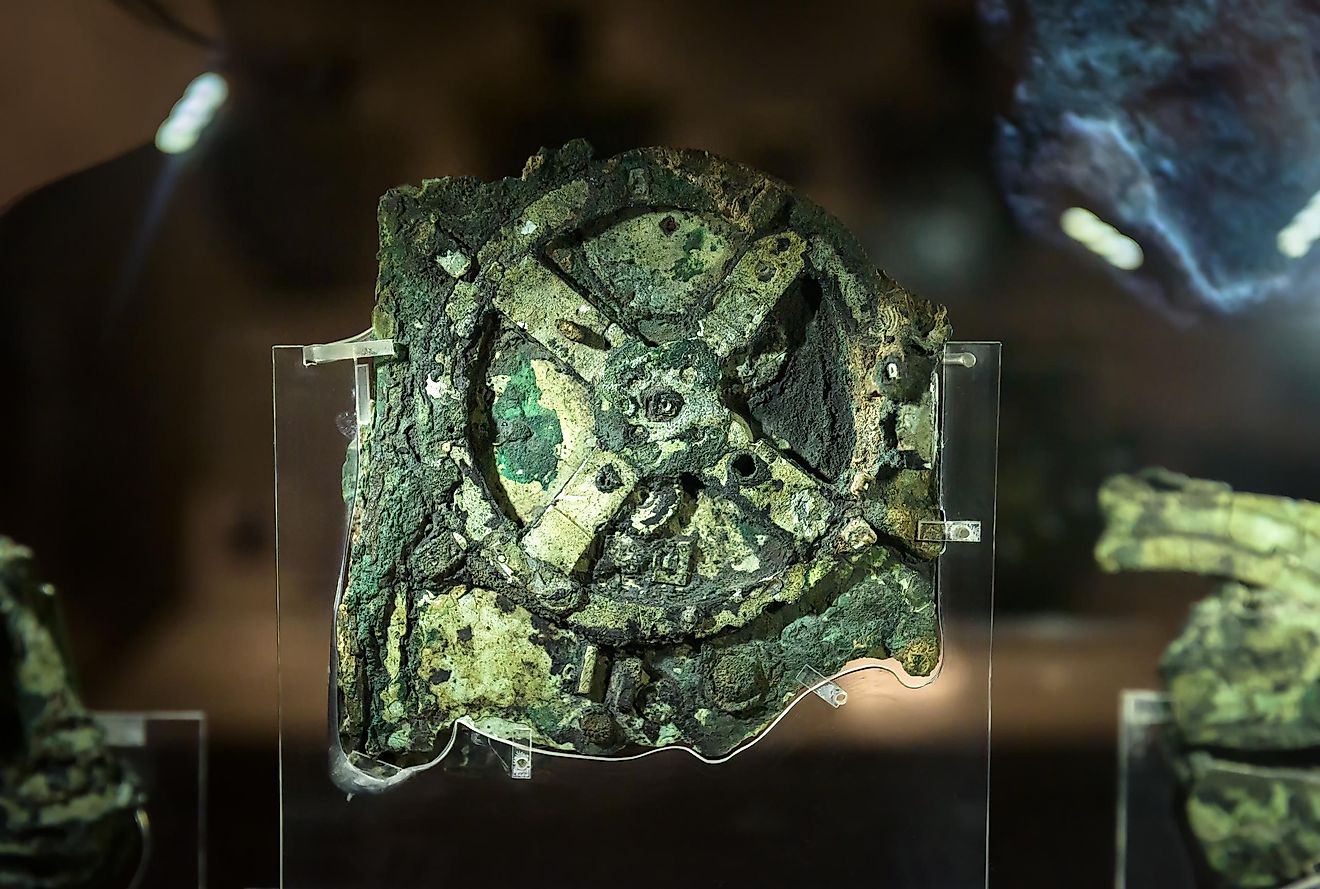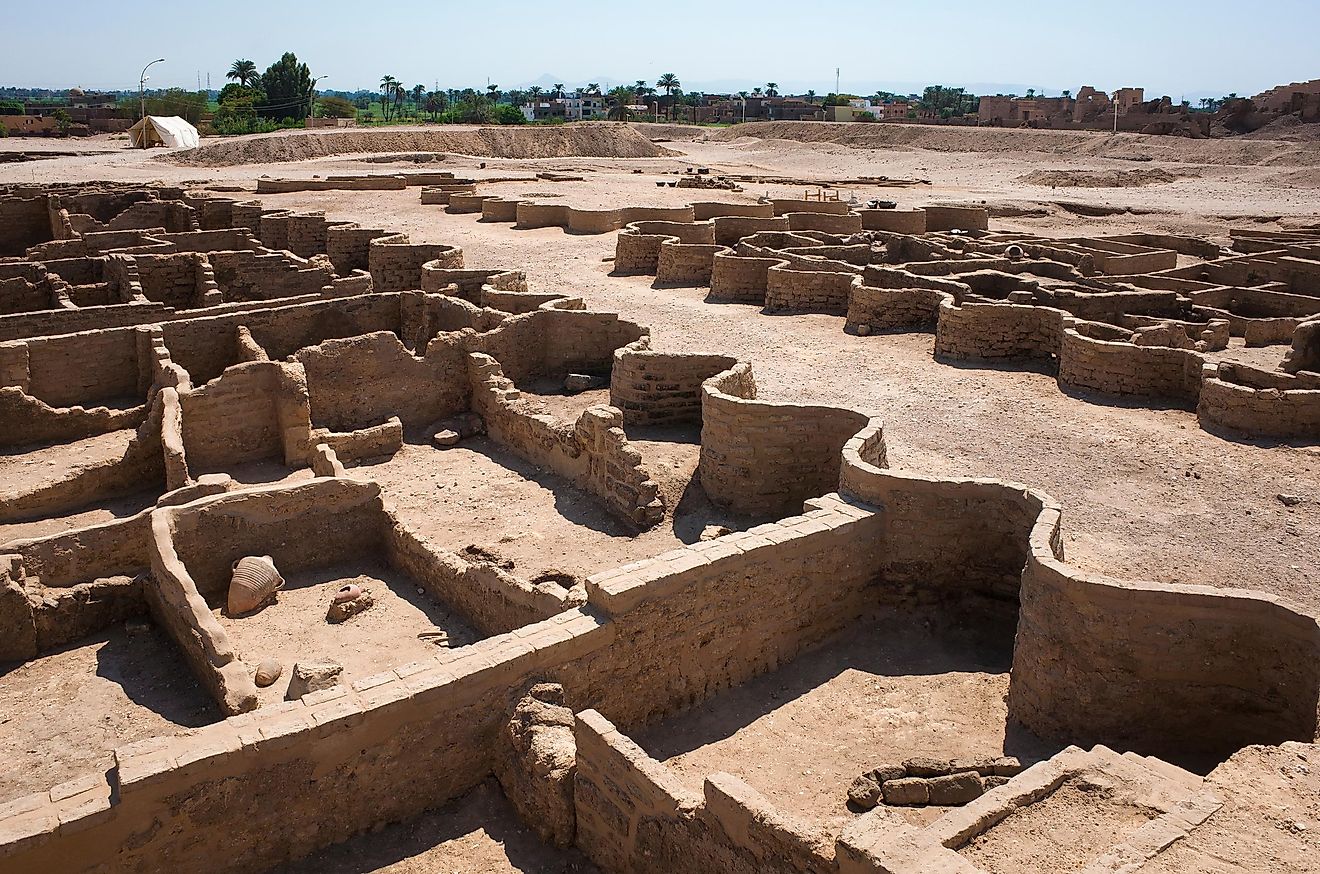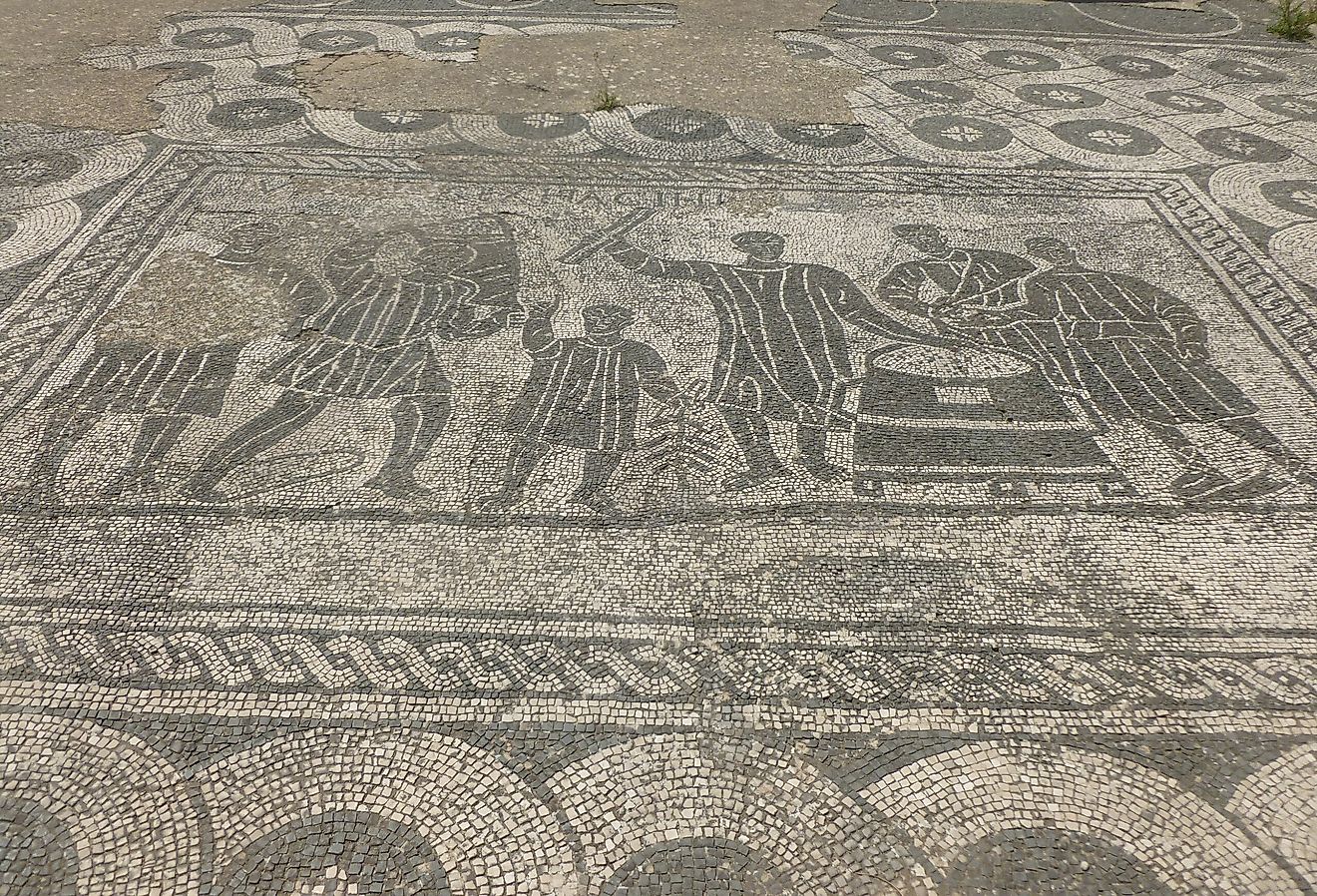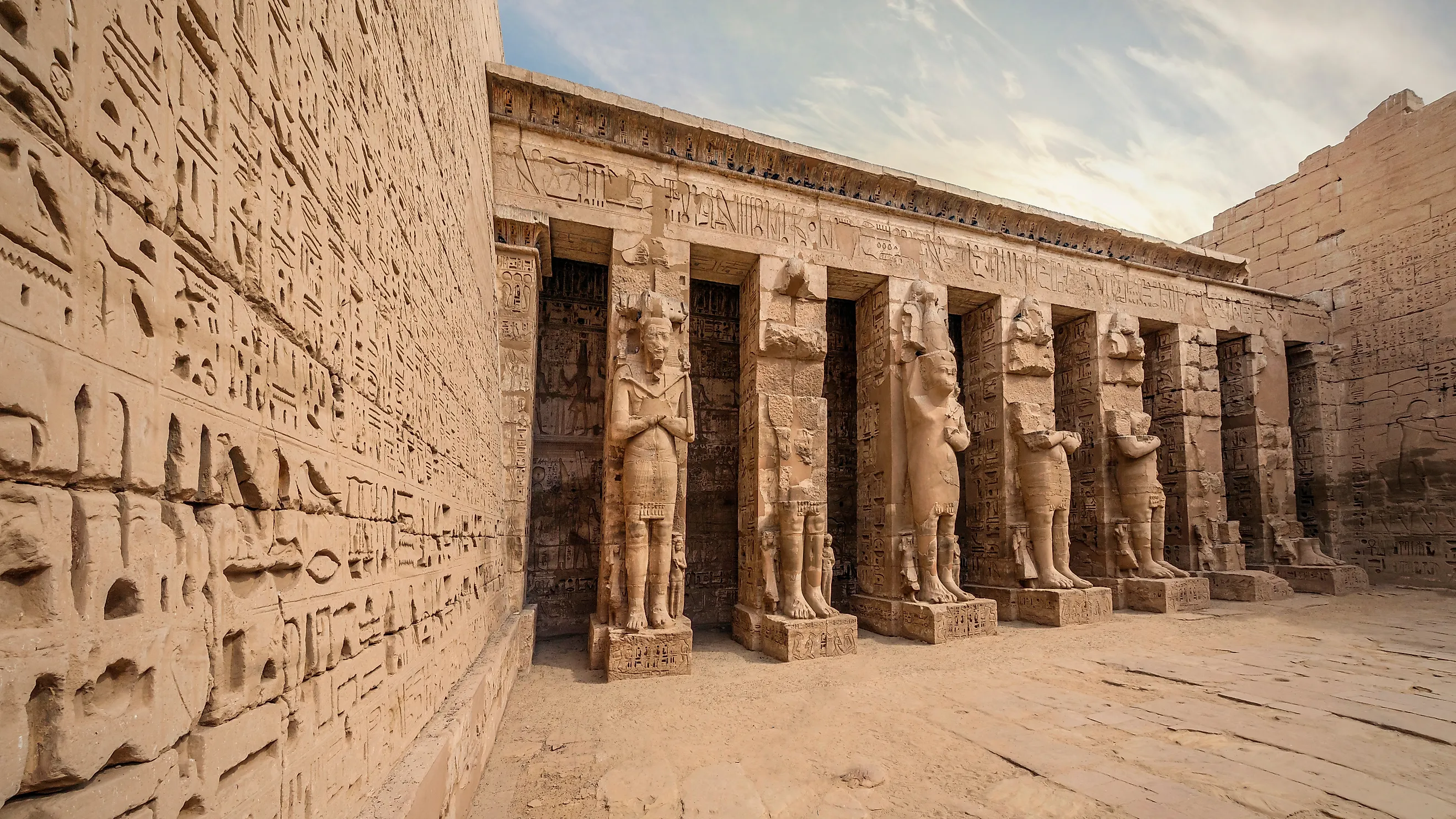
Why The Sea Peoples Remain The Most Mysterious Invaders In History
History is littered with stories of invaders who conquered tribes and city-states. The Roman Empire is a prime example of an invading nation that simply took what it wanted when it wanted to. As more invaders invaded, civilizations fell, palaces burned, and trade routes vanished.
However, one invader group stands out, not only because of their aggressive invasions, but also because scholars still don’t know exactly who they were. The Sea Peoples were violent naval raiders who harassed Mediterranean-region cities and towns between 1276 and 1178 BCE. They were part of the collapse of the Late Bronze Age, striking with ferocity and then vanishing into history. The Sea Peoples helped destroy several empires, including the Mycenaeans and Hittites. Still, they never left written sources or hard evidence about their culture or origin.
How Do We Know the Sea Peoples Existed and Where Their Name Comes From
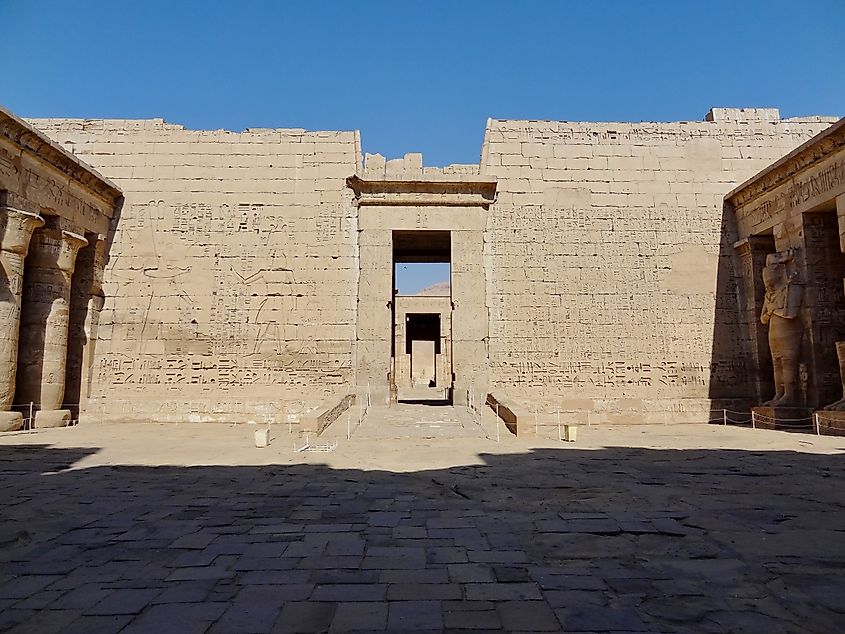
While historians don’t know the real nationality of the Sea Peoples, their existence is confirmed through several Egyptian sources. One example is the Stele at Tanis, which records: “They came from the sea in their warships and none could stand against them.” These inscriptions make it clear that a wave of aggressive, seaborne raiders struck Egypt and surrounding regions during the Late Bronze Age.
The term “Sea Peoples” itself does not appear in any ancient inscription. It was coined much later by the French Egyptologist Gaston Maspero in 1881. He used the phrase peuples de la mer, or “peoples of the sea,” based on Egyptian accounts, particularly the Great Karnak Inscription near Luxor, which described invaders as coming from the sea.
Despite these detailed Egyptian accounts, the true identities of these groups remain unknown. Historians have speculated that the Sea Peoples may have been Etruscan, Philistine, or even Minoan, but no historical discovery has confirmed these theories. Their name survives only through modern interpretation of ancient records, and while theories continue to emerge, the origins of these mysterious raiders remain one of history’s great unsolved puzzles.
How Egyptian Inscriptions Revealed What Little We Know
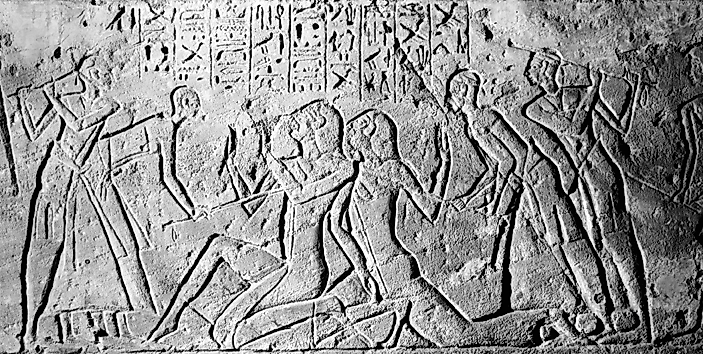
According to ancient Egyptian steles and inscriptions, the Sea Peoples consisted of nine different groups. These were the Sherden, Shekelesh, Eqwesh, Teresh, Tjekker, Denyen, Lukka, Peleset, and Weshesh. The problem is that no historian has been able to find the origins of any of these groups. As such, they had no choice but to guess where some of them came from. Some historians believe that the Peleset people could refer to Philistines, as mentioned in the Bible.
There is also speculation that the Sherden may have originated from Sardinia and the Lukka from Lycia. Experts believe that the Shekelesh may have come from Sicily. Based on ancient sources, these nine groups were not uniform in what they wore or what their armor looked like. This is why historians believe that the Egyptian texts are accurate in stating they came from different places and that they may have been hired as mercenaries.
Sources That Name Specific Sea Peoples
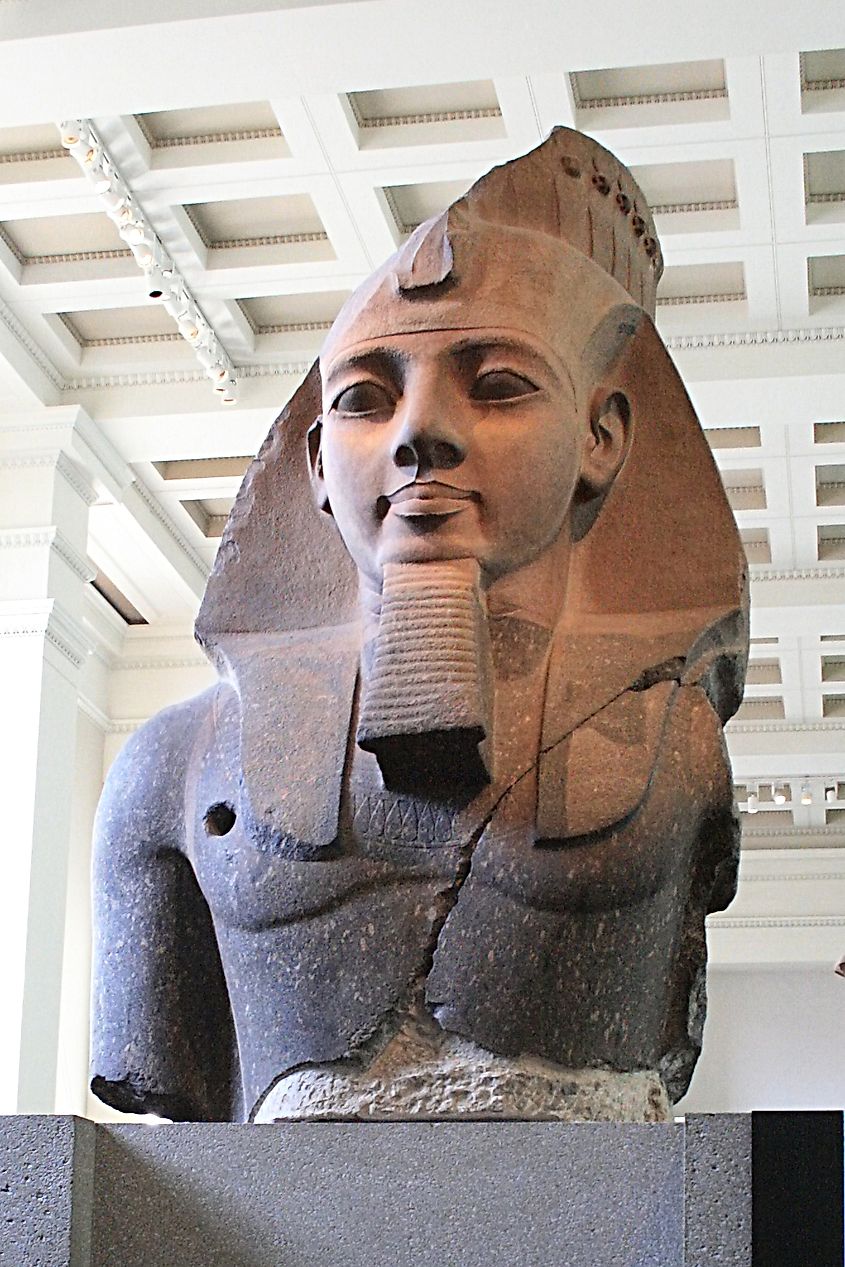
Several narratives created specific sources that are today considered proof that the Sea Peoples existed. These sources are as follows:
- Ramesses II (c. 1210 BC): The Ramesses II narrative resulted in the Kadesh Inscriptions, which mention the Karkisha, Lukka, and Sherden peoples. The Karkisha were a minor group of Sea Peoples and were mentioned far less than the major groups.
- Merneptah (c. 1200 BC): Merneptah created the Great Karnak Inscription and the Athribis Stele. Between the two, Teresh, Sherden, Shekelesh, Lukka, and Eqwesh are mentioned.
- Ramesses III (c. 1150 BC): The Medinet Habu temple, Papyrus Harris I, and Rhetorical Stela are all sources linked to Ramesses III. They name Denyen, Weshesh, Peleset, Sherden, Shekelesh, Teresh, and Tjekker.
- The ancient Egyptian text, Onomasticon of Amenope, names Sherden, Peleset, Lukka, Tjekker, and Denyen.
A Wave of Destruction Introduced the Sea Peoples
Before any inscriptions could be made, destruction had to reign. Therefore, evidence for the Sea Peoples begins with catastrophe and devastation. Around 1200 BCE, cities across the eastern Mediterranean suffered invasions that left them in ruins. In Greece, the Mycenaean palaces went up in flames. Ugarit, a rich coastal city in modern Syria, fell so fast that several messages inscribed on clay tablets remained undelivered. The Hittite capital, Hattusa, also fell, ending one of the greatest empires of the Late Bronze Age.
As known from Egyptian inscriptions, the Egyptians survived but were rattled. Even so, Ramesses III credited himself with saving Egypt from total ruin. One of his inscriptions reads, ‘The foreign countries made a conspiracy in their islands. All at once, the lands were removed and scattered in the fray. No land could stand before their arms.’
The Medinet Habu Inscriptions
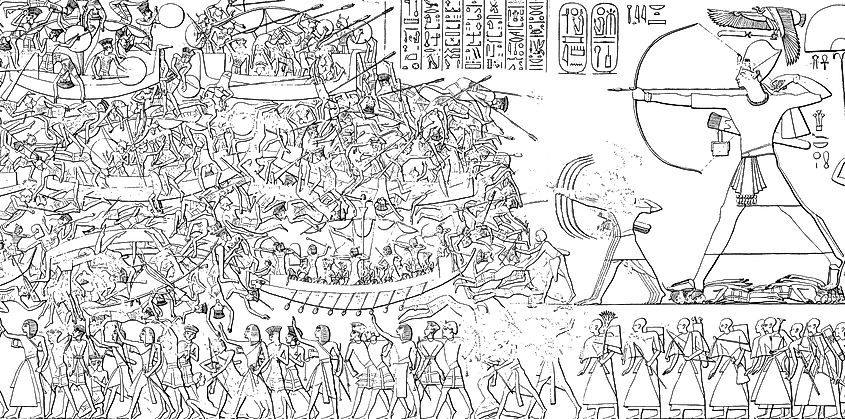
The most famous written record of the Sea Peoples is found on the Medinet Habu. These inscriptions describe the fierce invasion by many different tribes. Together, they attacked by land and sea, overthrowing kingdoms and downing defenses.
Ramesses may have claimed victory at the end, but the battle was chaotic. The reliefs show intense naval scenes, with Egyptian archers firing from ships as the enemy vessels sink around them. Still, even though Ramesses created several inscriptions describing the fighting in detail and the names of the tribes, he never mentioned the origins of the Sea Peoples.
Theories About the Origin of the Sea Peoples
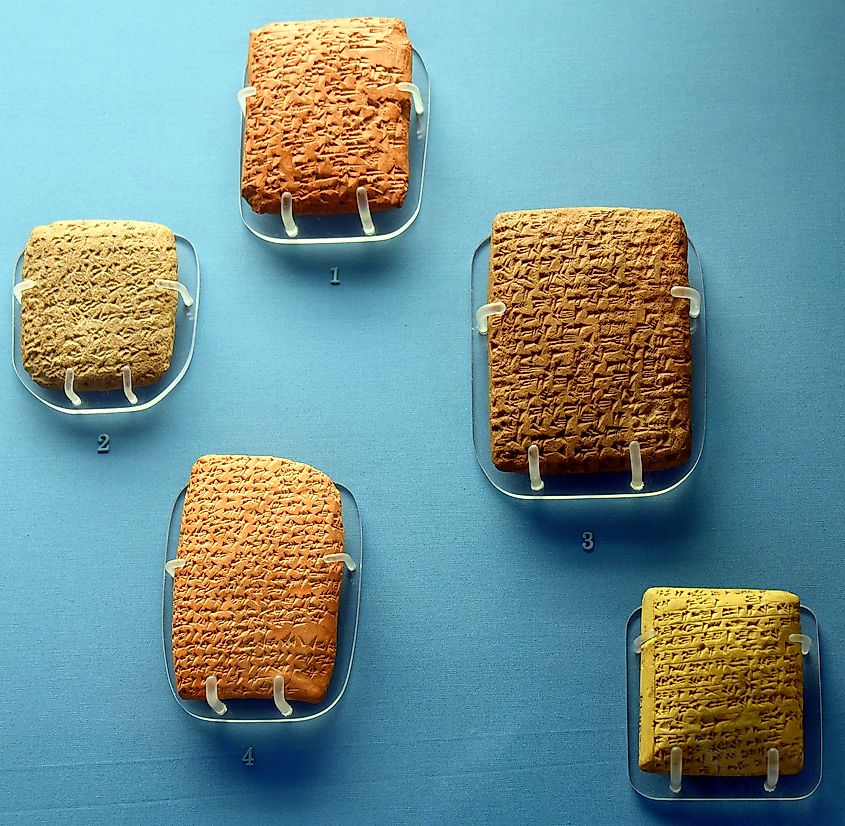
Scholars have tried to trace the roots of the Sea People since the 19th century. Three main theories continue to dominate but have yet to be proven. Some believe the Sea Peoples came from the Aegean, possibly as displaced Mycenaeans. While their palaces were destroyed and their economies crashed, these Mycenaeans may have also turned to chaos, turning themselves over to piracy and conquest. For instance, the Denyen could be linked to the Danaans, a name used in Homer’s epics for the Greeks.
Others suggest Anatolia may be the place of origin for the Sea Peoples. When the Hittite Empire fell, smaller groups may have turned towards each other out of fear and desperation. As a much bigger group, they may have become warriors who struck fear in the hearts of others. There are linguistic links between some names and Anatolian tribes that add weight to this theory.
Then again, Cyprus is also in the mix. The island was once the center of trade and copper mining. When trade collapsed along with the Bronze Age, the people here may have joined the raiders, hoping to find new lands and resources. Archaeological discoveries have revealed destruction on the island around the same time as the Sea Peoples' invasion. Historians consider this potential proof that the island people may have been part of the upheaval.
Unfortunately, no single theory has been proven to explain everything we know and assume about the origin of the Sea Peoples. And, they may not have come from one place at all. For all we know, they could have been a flexible confederation of mercenaries, pirates, and refugees, banded together by opportunity and need.
What Did the Sea Peoples Leave Behind?
The Sea Peoples did more than just destroy cities; they ushered in a new way of life. The Bronze Age ran on complex trade networks. Central Asia provided tin and Cyprus copper to make bronze, which powered armies and constructed huge empires. The Sea Peoples helped dismantle these systems and processes. With cities destroyed and broken trade routes, kingdoms could not sustain themselves. Everything was affected, including writing systems, which, in turn, affected literacy. Large-scale construction was a thing of the past. Populations began to decline, and those who survived the battles fled to the countryside to try and start over.
The world after the Sea Peoples looked a lot different. It was smaller and also more isolated. What the Sea Peoples had done would echo through the centuries to come. That is how long it took for new cultures to rise from the ashes, like the Israelite kingdoms and classical Greece. The Sea Peoples may not have left monuments like other ancient tribes, but their impact shaped the future of other cultures.
The Sea Peoples Remain an Enigma
The Sea Peoples didn’t write their own histories; they were only described by others. Historians only know a little of what they had done because the Egyptians detailed some of the battles. Their names are scattered across several inscriptions, but despite the theories mentioned above, they don’t match any known kingdoms one hundred percent.
Their routes and battle tactics are also unclear, even though depictions from Medinet Habu may indicate that the Sea Peoples used chariots and coordinated infantry units. It is almost as if they were silent fighters, destined to make a devastating mark and disappear. Archaeologists are still trying to find more evidence of the Sea Peoples in abandoned sites and collapsed walls. But until a major discovery is made, they only have more speculation. Therefore, the cultural identity of the Sea Peoples remains one of history’s greatest mysteries.
